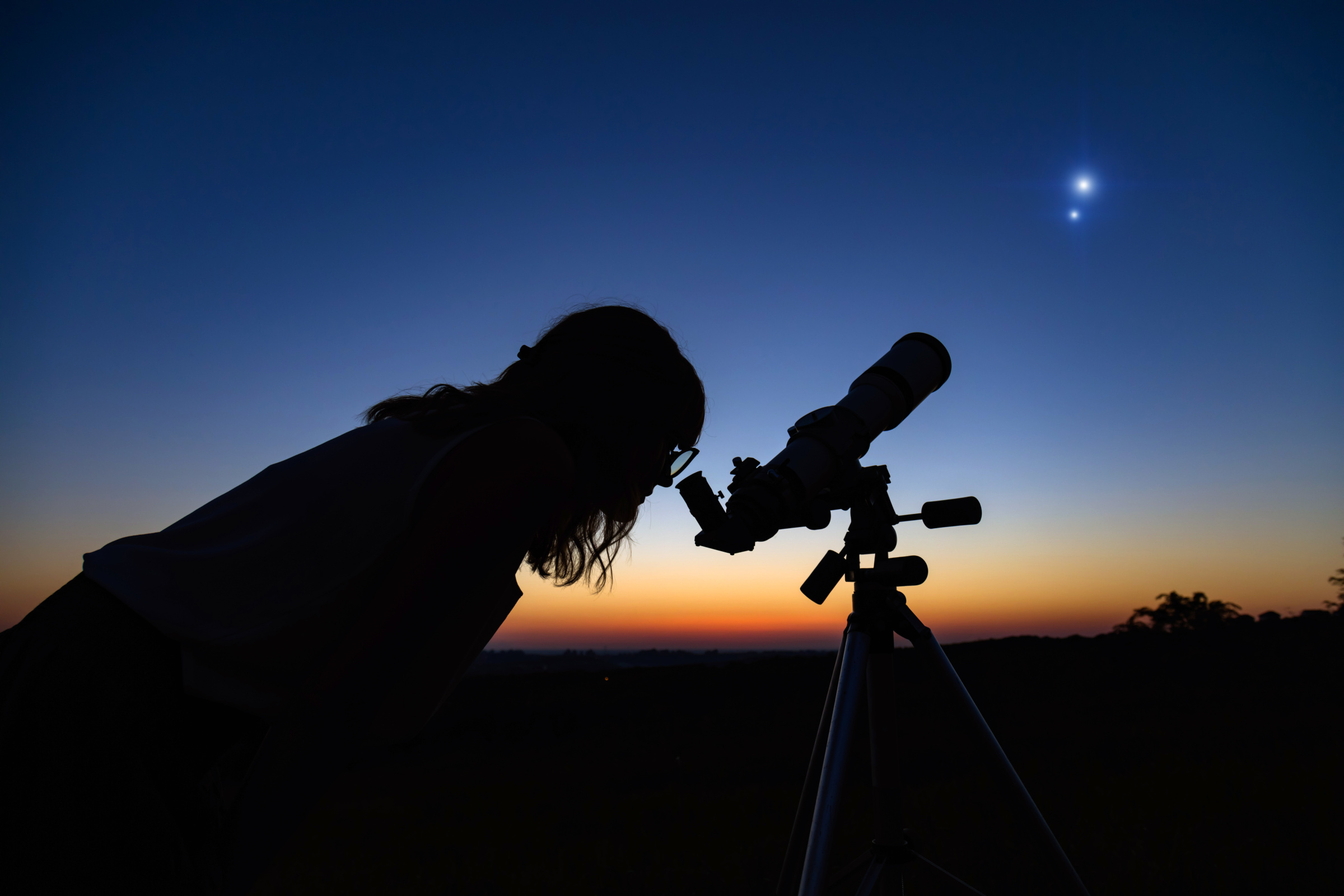Astronomers expect a once-in-a-lifetime comet to become visible in the night sky starting this week. It’s the latest in an assortment of 2024 skywatching events, including the Great American Eclipse of 2024 and historically strong appearances of the northern lights.
Because this year has been so great for skywatchers, it’s possible you might have missed the impending news about Comet Tsuchinshan-ATLAS, which is expected to be visible to the naked eye throughout the rest of this year. In fact, astronomers estimate that the comet could even become brighter than the stars as it moves closer to the Sun.
Astronomers say that we typically only get comets of this rarity—comets visible to the naked eye—once every decade. And this will be the first of its kind to dazzle our skies since Neowise passed us by in 2020. And your chance to see this once-in-a-lifetime comet is coming up very soon.

That’s because the comet will reach its peak brightness for skywatchers in the United States this weekend. It’ll then remain visible throughout the rest of mid-October. After mid-October, though, you’ll need to rely on binoculars or a telescope to get a glimpse of this beautiful and bright space rock as it streaks across our solar system.
Those interested in seeing Comet Tsuchinshan-ATLAS as it passes through our system this month will want to head outside around sunset. This once-in-a-lifetime comet will “set” roughly 30 minutes after the Sun, starting on October 11. From there, it will continue to pass our planet—coming within 44 million miles or so on October 12.
This closeness makes this a prime time to see the comet for yourself. It will continue to set 20 minutes later each night throughout the rest of October and into early November, giving you more chances to see it with the right equipment. So far, it seems that Comet Tsuchinshan-ATLAS, or Comet C/2023 A3 as it is also known, will become the comet of the year—or maybe even the decade, so don’t miss your chance to see it.








